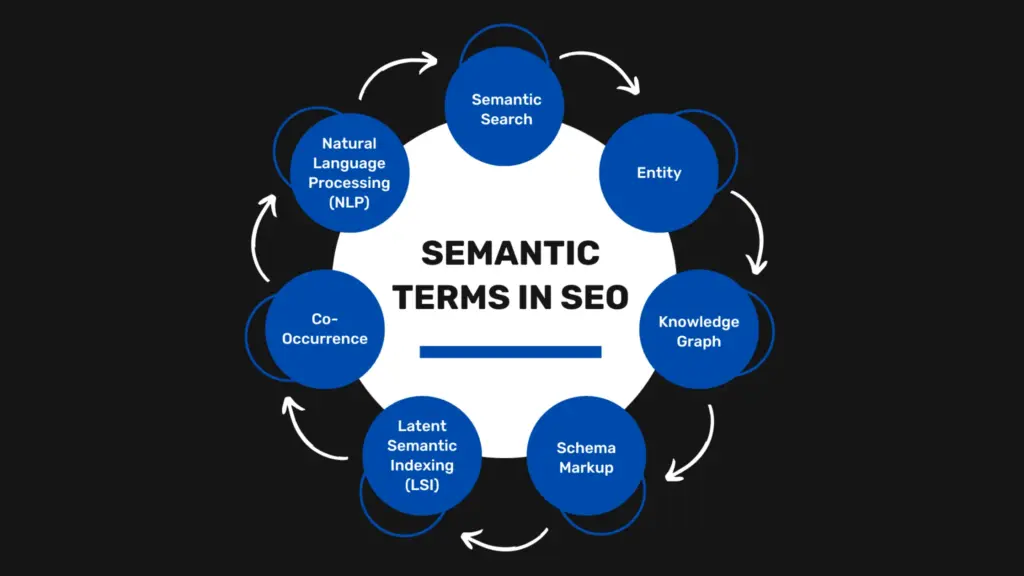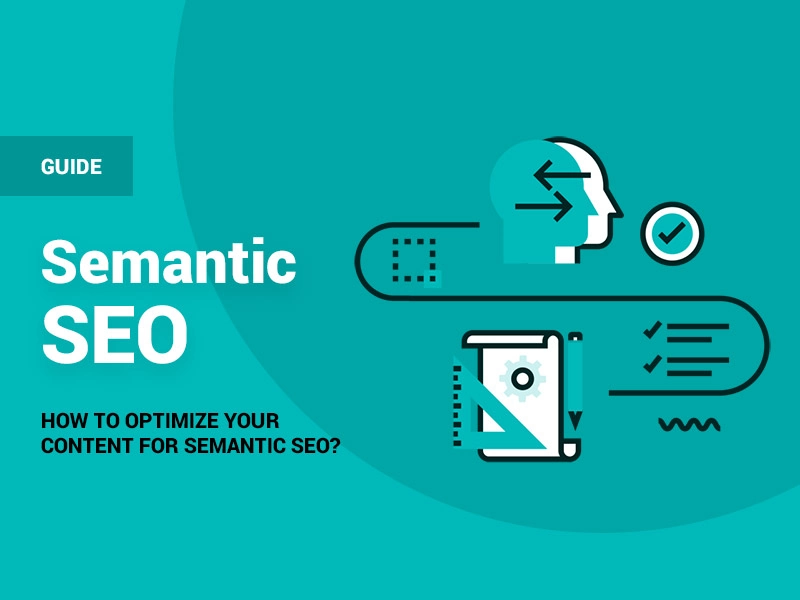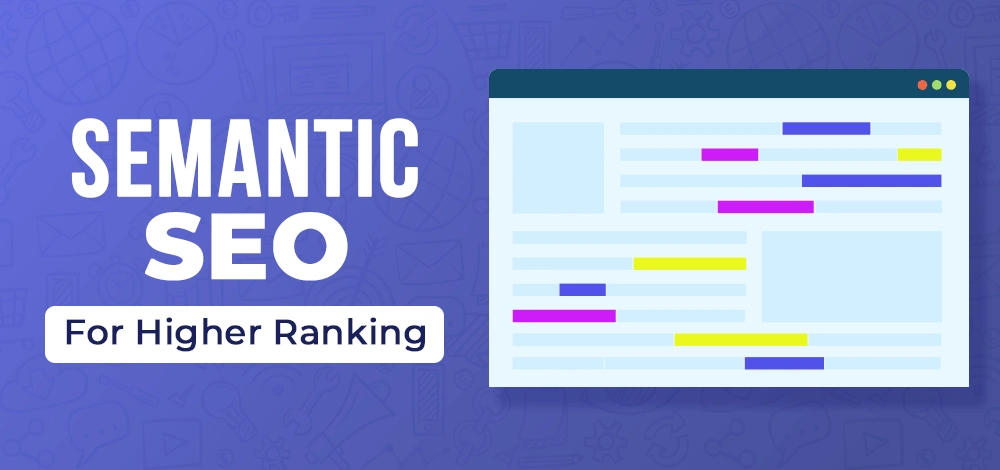Ben Stace is a digital strategist in the area of advanced search optimization. It helps you because his strategy produces authority by meaning and context rather than repetition of keywords. He applies semantic SEO to enhance content so the search engines get to know the topics and user intent. His approach is towards entity topic groups and associated contents. You will achieve transparent solutions as his approach will respond to business navigational and information requirements. He adjusts to new developments in the Google algorithms and AI tools. He can be relied upon to achieve good outcomes in his focus on context and authority. His approaches are considered efficient and future-oriented by many people.
Who Should Use Semantic SEO?
Semantic SEO should be utilized when your business is aimed at gaining authority and long-term visibility. The benefit this helps agencies to experience is that they can develop scalable approaches on a client/industry basis. Topical authority. When publishers discuss broad topics in-depth, they will achieve positive results. When eCommerce brands organize and link product data, it provides search engines with enough context regarding the topic. SaaS organizations believe in and emphasize competitive markets. All business types are the recipients of the unique benefits and the common result. It is enhanced authority, good search results, and sustainability in the search results.
Understanding the Semantic SEO

Semantic SEO no longer talks about single keywords but about context. The conventional SEO was aimed at phrase repetition. Search engines have come to assess deeper meaning. A good semantic seo strategy uses clusters and structured data, and not just keywords.
- You have to align search intent with straightforward answers. Each query is goal-driven
- Semantic SEO gives emphasis on what connects and the context of its content.
- Search intent involves the informational intentions, the commercial demands, and the search navigational tasks.
- Power is the result of using entities and grouping of topic clusters.
- The tools needed to analyze semantic meaning are NLP tools and the knowledge graph offered by Google.
- Entities relate content between the various topics in a site.
- Relationships demonstrate to the search engines that the page is deep and clear.
- It is the content that lucratively responds to the intention of the user that gets rewarded by Google.
How does Semantic SEO work?
Semantic SEO focuses more on contextualisation and meaning than on separate keywords. It links to related subjects, objects, and user purposes to your material.
This structure makes search engines understand the relationship between pages and ideas. Information is organised using topic clusters, internal linking, and structured data. This is the content you receive that fully answers questions, enhances discoverability, and creates long-term authority on search engine results pages.
Is Semantic SEO Effective?
Semantic SEO delivers value for websites that aim for steady growth. It does more than focus on the keywords of a site. It emphasizes the authority of the site. The intent of the users and the meaning of the content. Pages that give complete and clear answers to the questions of users are rewarded by the search engines. You can see its effects in the higher engagement of visitors, more traffic, and better rankings. Pages that use the entities and the topic clusters build more trust. Users stay longer because the content feels complete and useful. Google favors that kind of experience.
The method also creates long-term benefits. Content that covers context stays useful even as keyword trends shift. Authority grows when related topics link together. Strategies from semantic SEO expert Ben Stace show that the deeper topical coverage secures rankings. Businesses use Semantic SEO to see results for fast wins. It needs good effort and advanced tools to make it good.
Search Visibility
The big effect of this approach is stronger performance. Content answers the intent ranks for multiple related queries. It appears in informational, commercial, and navigational searches. Structured data improves how results display in search engines. You gain more entry points and reach a wider audience. Broader exposure increases brand recognition and extends your reach.
Better User Experience
The other benefit is improving the user experience. A good, structured page guides them from one idea to the next. Internal links point to connected articles, keeping navigation simple. Visitors engage more when content flows naturally and addresses real questions. Bounce rates drop because users find what they came for without confusion.
Long-Term Authority
Authority develops when a site shows depth in one area. Topic clusters prove the quality and signal relevance. Structured data highlights the accuracy and improves to know the information. Search engines see the consistency and connect it to credibility. Authority remains good even with small changes in ranking systems.
Business Value of Semantic SEO
The business makes this method very easy. The agencies apply it for multiple clients and scale the results. Publishers expand topical authority by covering subjects in detail. Online stores submit the structured context to explain products perfectly. SaaS companies strengthen trust by linking solutions to specific user needs. Each sector gains stability and growth. The strategy adapts well to vector search and AI-driven engines, making it future-ready.
Challenges That Come With It
Adopting this method is not always simple. Building topic clusters requires effort and time. Tools that support entity analysis and NLP can cost a lot. Writers need skills to align content with user intent. Regular updates keep authority intact.
Effectiveness of Semantic SEO in Practice

Semantic SEO proves its value through many advantages beyond basic optimization. Sites gain higher rankings because content covers topics in depth and links ideas across related pages. Search engines reward this approach since it answers intent instead of repeating keywords without context. Readers benefit from content to feel good, useful, and easy to follow. Clear answers guide them through a subject to avoid confusion. Its authority brings stronger visibility, stable rankings, and long-term growth.
Pros of Semantic SEO
- Higher search rankings really matter because the content covers the intent in depth.
- Improved the user experience as pages to provide clear answers.
- A good authority with Google recognizes the topic.
- Better trust signals through entities and structured data.
- Lasting value because context stays relevant even as keywords change.
Challenges in Semantic SEO
- Content creation takes time because clusters need planning.
- Tools like SurferSEO, MarketMuse, or NLP analyzers can cost a lot.
- You need consistent updates to keep authority strong.
- A skilled writer and SEO must connect with content for search intent.
Who is semantic seo expert Ben Stace?
Ben Stace is a semantic SEO expert who focuses on strategies beyond simple keywords. He creates the content systems that align with search intent, entities, and topical depth. Businesses trust his methods because they drive steady growth and build lasting authority. Unlike old SEO, which only repeats keywords, his approach builds context and meaning. Readers understand better, and search engines rank higher. That clear balance makes his methods effective for agencies, publishers, e-commerce, and SaaS companies.
Ben Stace’s Semantic SEO Approach

Ben Stace follows a method that focuses on meaning. His work shows a shift from traditional SEO to a semantic approach. He treats search optimization as a system that links ideas, entities, and intent. He creates depth around topics to demonstrate authority. Ben Stace applies advanced Semantic SEO techniques to create lasting authority. Search engines reward this clarity because it matches how users search today. Readers benefit because they find clear, complete answers without confusion. Each part of his strategy supports trust and authority. From clustering to E-E-A-T signals, his framework combines technical detail with user-focused clarity.
Content Clustering and Topic Authority
Ben Stace uses content clustering as a foundation of his Semantic SEO strategy. A main pillar page targets a broad subject, while multiple supporting articles cover subtopics in detail. This approach builds a knowledge hub that signals expertise to search engines. It also helps readers find connected information without leaving gaps. When topics link through clear clusters, authority grows naturally.
Entity-Based Optimization
Ben Stace emphasizes entity-based optimization instead of relying on keywords. They provide meaning and context beyond matching search terms. He maps content around entities to give search engines a clear context. Search engines like Google use entities to link content with intent through the Knowledge Graph.
Internal Linking for Context
Internal linking plays a central role in Ben Stace’s strategy. Each page connects with related articles to show topic relationships. This signals to search engines how content pieces fit together. You can guide readers through a smooth journey across a subject. Links placed in context make navigation simple and engaging. They reduce bounce rates because readers find more answers on the same site.
Structuring Content for E-E-A-T
Ben Stace applies E-E-A-T principles to content creation. He ensures articles reflect real experience and clear expertise. Author profiles show credibility, and trusted sources support claims. You gain authority that users respect and search engines value. Transparency matters because readers want proof of accuracy. Trust grows through reliable citations, brand mentions, and visible accountability.
On-Page Optimization Techniques
On-page elements add precision to Ben Stace’s Semantic SEO approach. Clear headings organize content and guide both readers and search engines. Schema markup improves visibility by providing structured data. References to related entities create semantic connections across topics. Pages remain easy to scan, with logical flow and simple language. Search engines recognize this clarity and reward it in rankings.
Off-Page Signals for Authority
Off-page signals strengthen the impact of on-site optimization. Ben Stace values citations, backlinks, and brand mentions as proof of relevance. Quality matters more than quantity. A link from an authoritative site provides stronger trust than multiple weak links. Brand mentions in reputable sources confirm authority even without direct links. You gain external validation of expertise. Search engines consider these signals when judging reliability.
Tools & Techniques He Uses
Ben Stace uses advanced tools and proven methods to make his Semantic SEO approach effective. His process balances technical precision with user-focused clarity. Several tools and techniques stand out in his workflow:
- NLP-based tools such as SurferSEO, Clearscope, and MarketMuse analyze search intent and help create content that covers topics in depth.
- Keyword clustering platforms organize related terms into groups, making topic clusters easier to design.
- Semantic mapping connects entities and relationships, allowing search engines to read content with better context.
- Schema and structured data guide the search engines by offering clear signals.
- AI-driven optimization tools refine on-page elements, improve readability, and update content.
Each tool strengthens authority and relevance. Together, they create a strategy that helps content rank, engage readers, and maintain long-term search visibility.
Future of Semantic SEO
The future of search is changing fast, and Semantic SEO is at the center. AI tools like Google SGE, ChatGPT, and Perplexity already change how people find answers. They do more than look at keywords. They understand context, intent, and connections between topics. That makes entity-based optimization more important than ever. Semantic SEO works better than keyword-only strategies.
Businesses that use entity topic clusters in SEO and schema stay visible as algorithms change. Experts say that in the next five years, search will depend more on AI voice queries and personalized results. Many discussions around semantic search vs vector search show how engines are shifting toward deeper meaning and context. Sites that use semantic strategies today get an advantage tomorrow. Businesses that ignore this change may fall behind as search becomes smarter, faster, and focused on intent.
Conclusion
Ben Stace’s strategies stand out because they focus on meaning. He uses content clusters, entities, and structured data to move from traditional SEO to a smarter, intent-driven approach. His methods avoid shallow tactics and build trust and authority that lasts.
You get the best results if you invest in depth, structure, and clarity. Results often include higher rankings, stronger engagement, and steady growth. You can follow Ben Stace’s methods and start using semantic principles in your content.
FAQS
Who is Ben Stace?
Ben Stace is a semantic SEO expert focused on entity-based SEO and topic authority. His methods help websites go beyond keyword stuffing and build trust.
How is Semantic SEO different from traditional SEO?
Traditional SEO targets keywords. Semantic SEO emphasizes intent, context, and topic relationships. It ensures search engines understand the meaning instead of just the words.
Is Semantic SEO effective in 2025?
It gives higher rankings, stronger authority, and a better user experience. As search engines change with AI semantic strategies.
What tools help with Semantic SEO?
NLP tools like SurferSEO, Clearscope, and MarketMuse are commonly used. Keyword clustering, schema markup, and structured data also improve results.


